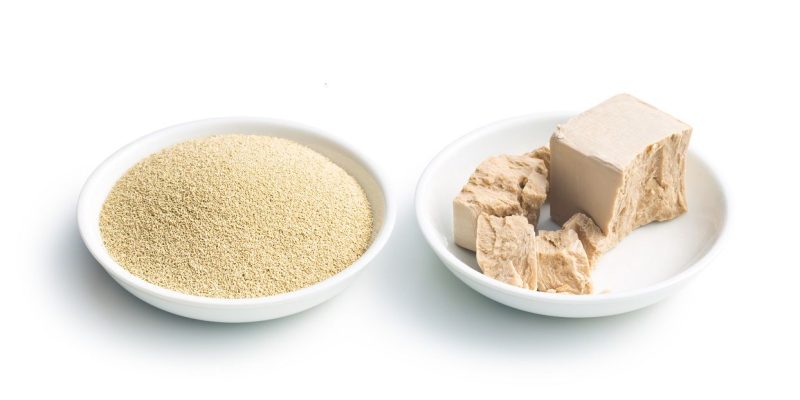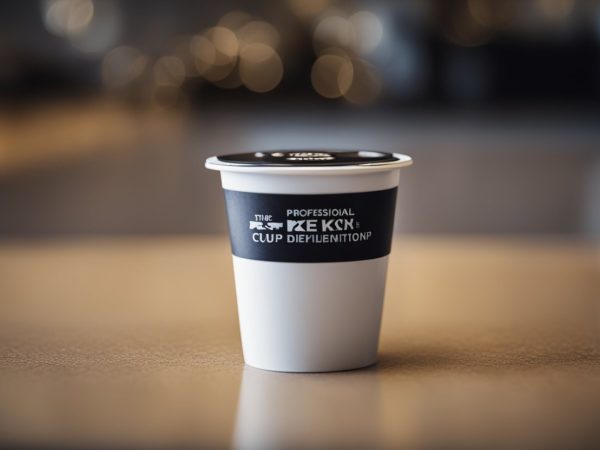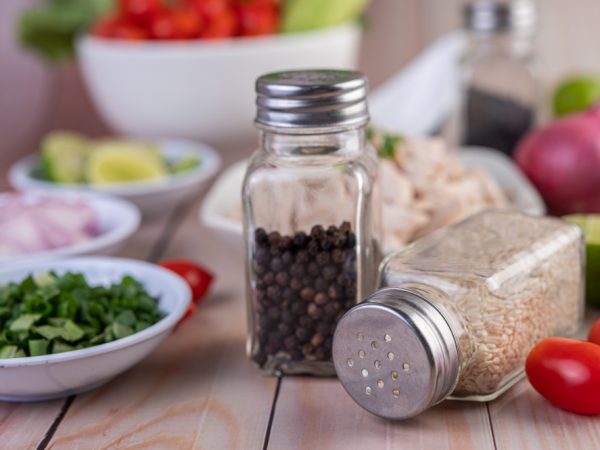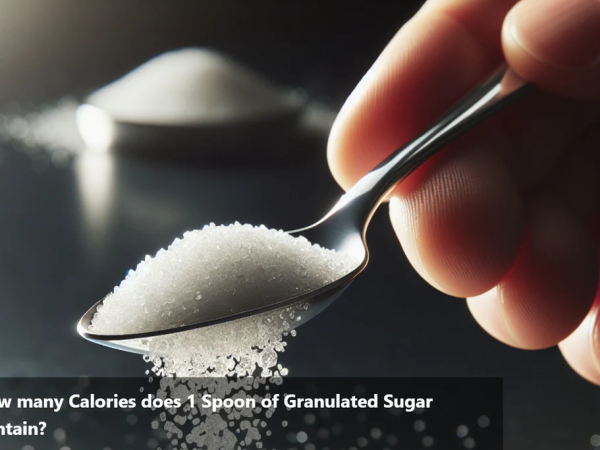5 Surprising Benefits of Using Fresh Yeast in Your Baking

Fresh yeast, often referred to as cake yeast or compressed yeast, is a staple for bakers who crave a higher level of craftsmanship in their creations. Its creamy texture, vibrant aroma, and unparalleled leavening power distinguish it from its dry counterpart. Whether you’re a seasoned baker or just starting your baking journey, incorporating fresh yeast can transform your dough and elevate your baking experience.
This article explores five surprising benefits of fresh yeast and why it stands out as a versatile and flavor-enhancing ingredient. From superior dough rise to extended freshness in baked goods, fresh yeast has plenty to offer. Let’s delve into why it deserves a spot in your pantry.
Enhanced Flavor Profiles
Fresh yeast is a game-changer when it comes to flavor. It brings a complexity to baked goods that dry yeast simply cannot match.
How Fresh Yeast Creates Richer, More Complex Tastes
When fresh yeast ferments, it metabolizes the natural sugars in the dough, producing alcohol and carbon dioxide. This fermentation process infuses the dough with a unique depth of flavor. The resulting bread often has subtle, tangy undertones that make it taste fresher and more aromatic.
The Science Behind Fermentation and Flavor
Fresh yeast contains live cells that interact actively with the dough, contributing to the creation of organic acids, esters, and alcohols. These compounds enhance the flavor complexity, resulting in a product that has a true “from-the-bakery” taste.
Examples of Recipes That Benefit
Fresh yeast shines in recipes where flavor is key.
- Baguettes: The crisp crust and airy interior benefit from the flavor depth fresh yeast imparts.
- Pizza Dough: Adds a delightful tang and chewiness to the crust.
- Pastries and Brioche: Brings out the buttery richness in delicate doughs.
Superior Dough Rise
One of the most significant advantages of fresh yeast is its ability to create an exceptional dough rise, giving baked goods their light, airy texture.
Achieving Better Texture and Volume
Fresh yeast is packed with live, active yeast cells, which work more efficiently than their dry counterparts. This robust leavening power allows the dough to rise more consistently and evenly, resulting in a perfect texture that’s soft yet structured.
Why Professional Bakers Prefer Fresh Yeast
Many professional bakers rely on fresh yeast for its predictable and vigorous rise. It’s especially valued in artisanal baking, where even the smallest details, like air pockets and crumb structure, can make a significant difference.
Practical Tips for Success
To achieve the best rise with fresh yeast:
- Ensure the yeast is fresh and moist, not dried out or crumbly.
- Dissolve it in lukewarm water with a pinch of sugar to “wake it up” before incorporating it into your dough.
Nutritional Advantages
Fresh yeast is more than just a leavening agent—it also comes with added nutritional perks.
Rich in Vitamins and Minerals
Fresh yeast is a source of B vitamins, particularly B1 (thiamine) and B2 (riboflavin), which support energy production and metabolism. It’s also packed with trace minerals like selenium and chromium, which help maintain overall health.
Comparing Fresh Yeast to Dry Yeast
While both fresh and dry yeast provide essential nutrients, fresh yeast is less processed, retaining more of its natural vitamins and minerals. Additionally, fresh yeast contains live enzymes that may support digestion.
Health-Conscious Baking
Using fresh yeast allows you to create wholesome, additive-free bread at home. This is especially appealing for those looking to avoid preservatives commonly found in store-bought bread.
Versatility in Baking
Fresh yeast is incredibly adaptable, working well in a variety of recipes from savory to sweet.
Recipes Where Fresh Yeast Excels
- Savory Breads: From focaccia to sourdough, fresh yeast ensures consistent flavor and texture.
- Sweet Doughs: Works wonders in pastries, cinnamon rolls, and enriched doughs like challah and brioche.
- Flatbreads and Specialty Loaves: Adds a layer of complexity to pita bread, naan, and other flatbreads.
Tips for Adapting Fresh Yeast
- Substitute 1 oz of fresh yeast for every 2 1/4 tsp of dry yeast in recipes.
- Store fresh yeast in the refrigerator, and use it within a week for the best results.
- If you’re freezing it, divide it into smaller portions to thaw only what you need.
Prolonged Freshness in Baked Goods
Fresh yeast doesn’t just enhance the flavor and texture of bread—it also contributes to its longevity.
Extending Shelf Life
Bread made with fresh yeast tends to stay moist longer, thanks to its ability to retain water during fermentation. This moisture retention prevents the bread from drying out quickly.
The Connection Between Fresh Yeast and Moisture
The live cells in fresh yeast create a more hydrated dough, which results in a softer crumb that stays fresh for days. This is especially beneficial for homemade bread that lacks commercial preservatives.
Why This Matters
By using fresh yeast, you can enjoy homemade bread that remains soft and delicious, reducing waste and improving overall quality.
Conclusion
Fresh yeast offers a multitude of benefits, from enhancing flavor profiles to providing superior rise and extending the shelf life of baked goods. Its nutritional advantages and versatility make it a must-have ingredient for any serious baker. While it may require a bit more care and attention compared to dry yeast, the results are well worth the effort. Whether you’re whipping up a batch of fluffy dinner rolls or perfecting your sourdough technique, fresh yeast can take your baking to the next level. So why not give it a try and discover the magic of fresh yeast for yourself?
FAQs
How should I store fresh yeast?
Fresh yeast should be stored in the refrigerator, ideally wrapped in wax paper or a resealable bag to prevent drying out. Use it within a week for optimal results.
Can I freeze fresh yeast?
Yes, fresh yeast can be frozen. Divide it into small portions and wrap tightly in plastic or foil before freezing. Thaw only what you need to avoid waste.
What’s the difference between fresh yeast and dry yeast?
Fresh yeast is less processed, contains live enzymes, and provides a more robust flavor. Dry yeast is shelf-stable and convenient but may lack the complexity of fresh yeast.
Is fresh yeast suitable for all recipes?
Fresh yeast is highly versatile and works in most recipes that call for yeast. However, it shines in recipes requiring a long fermentation process or rich flavors.
How can I tell if fresh yeast has gone bad?
Fresh yeast should be moist, creamy, and have a slightly sweet aroma. If it’s dry, crumbly, or smells sour, it’s time to discard it.
Do I need to dissolve fresh yeast before using it?
Yes, it’s best to dissolve fresh yeast in lukewarm water or milk with a pinch of sugar before adding it to your dough. This step ensures even distribution and activation.
also read: Laughing Gravy SE1: A Culinary Gem in London’s South Bank










